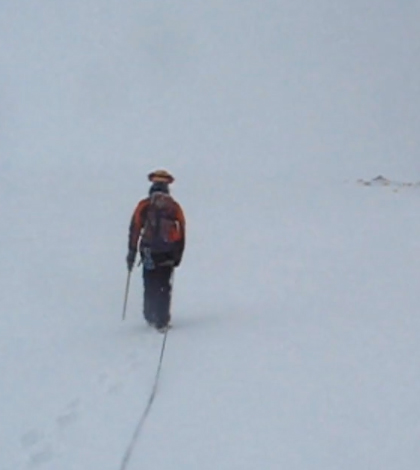East Antarctic Glacier Experienced Rapid Thinning During Holocene

Researchers explored the East Antarctic to study the ages of rocks deposited by glaciers. (Still frame from a video by Selwynox)
Much of the East Antarctic ice sheet is grounded below sea level. When such an ice mass moves over a drop-off, it becomes vulnerable to a process called marine ice sheet instability (MISI). MISI occurs when the grounding line (where the ice makes contact with the ground) retreats. As a result, a greater proportion of the ice mass floats in the warming water.
Mackay Glacier is an outlet of the East Antarctic Ice Sheet, meaning that it is a relatively small tongue-like protrusion of ice branching off of a larger ice mass. It also meets those two criteria for MISI.
In a study, a team of researchers from New Zealand and Sweden employed a technique called cosmogenic nuclide surface-exposure dating to determine the ages of rocks deposited by the melting glacier at various altitudes. By measuring the amount of Beryllium 10 that was produced as a result of cosmic rays interacting with quartz minerals in the rock, the team was able to determine how long that rock had been exposed. They concluded that Mackay Glacier lost hundreds of meters of ice over 250 years starting about 7,000 years ago.
Top image: Researchers explored the East Antarctic to study the ages of rocks deposited by glaciers. (Still frame from a video by Selwynox)





0 comments